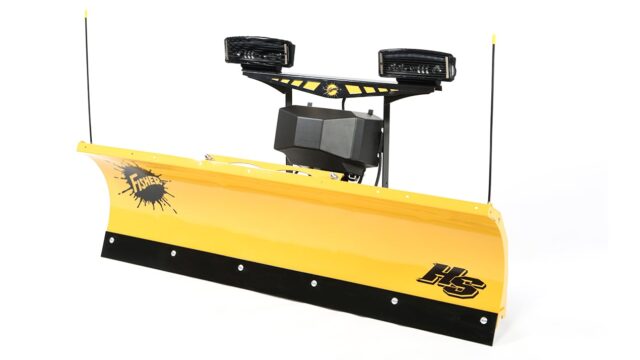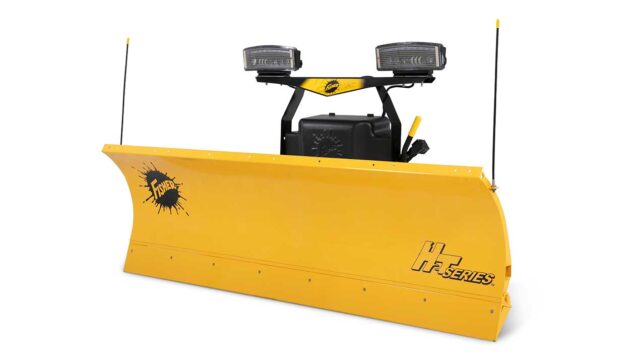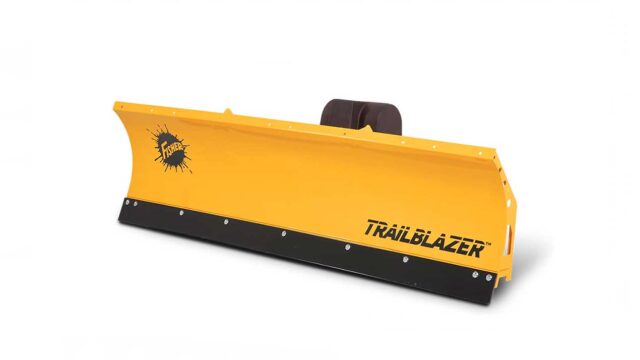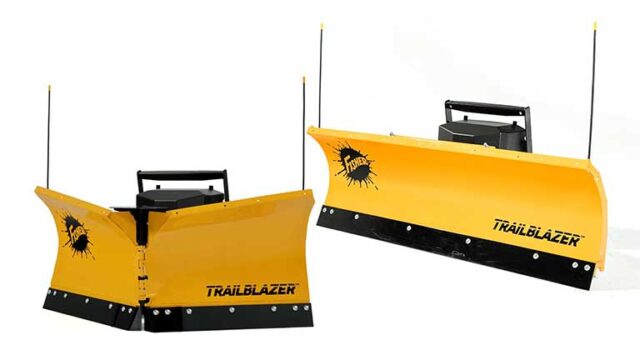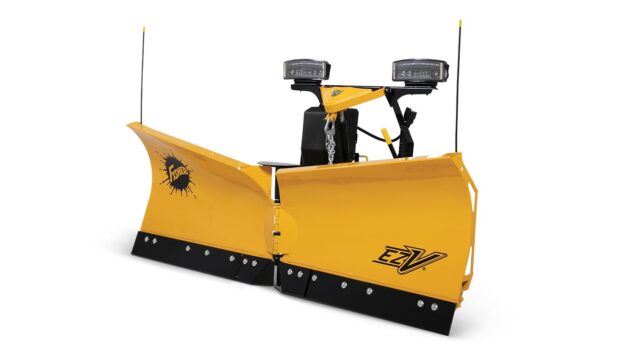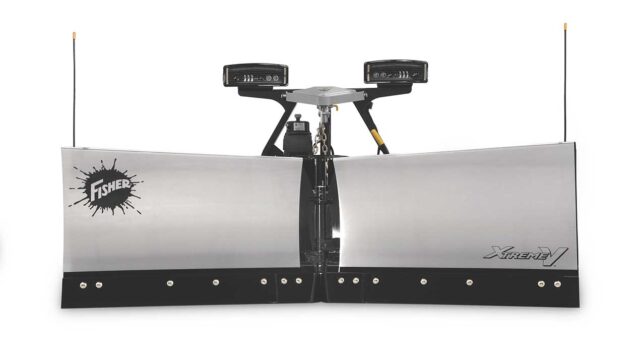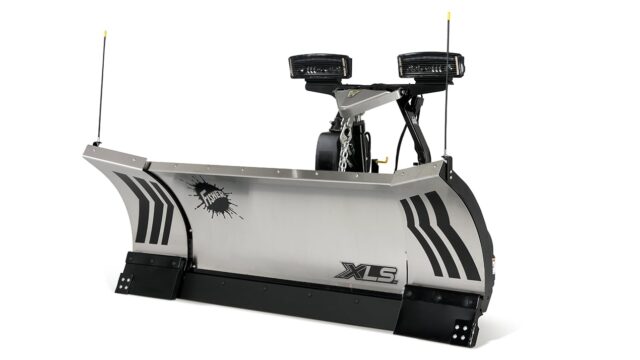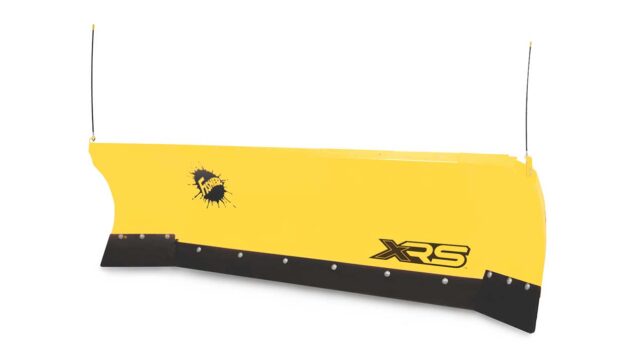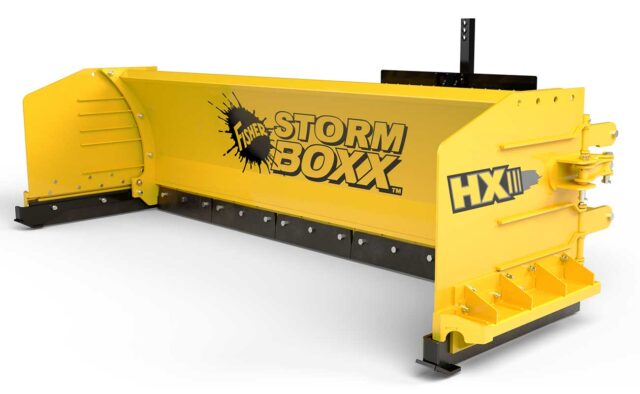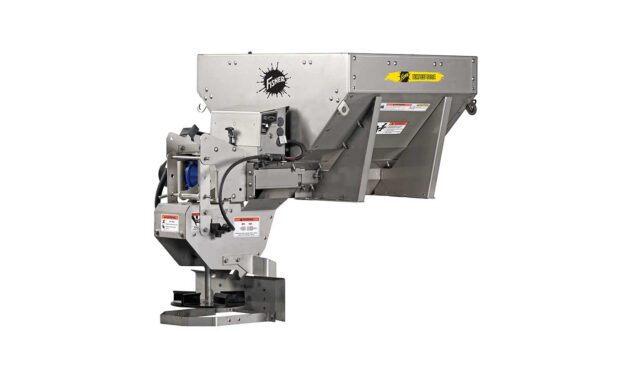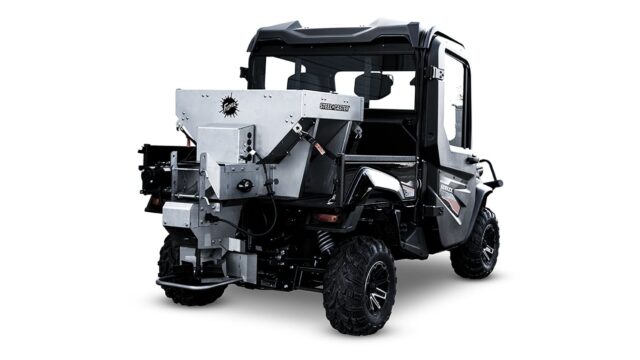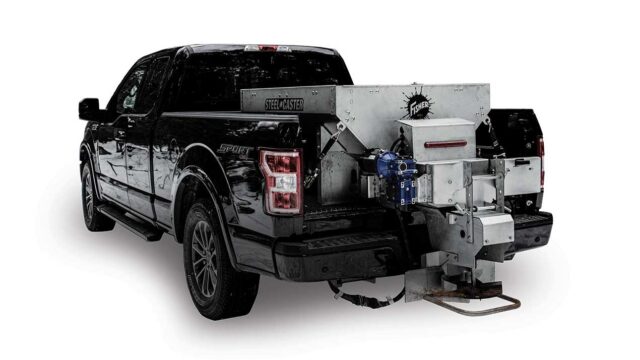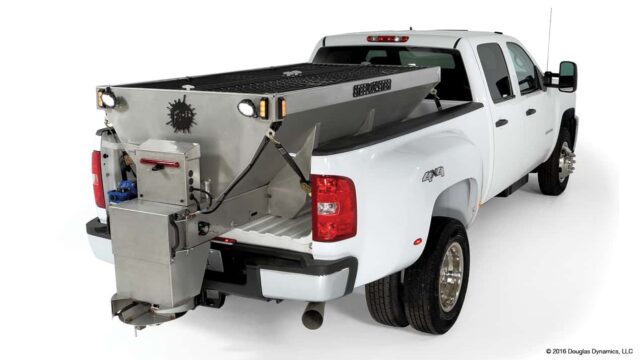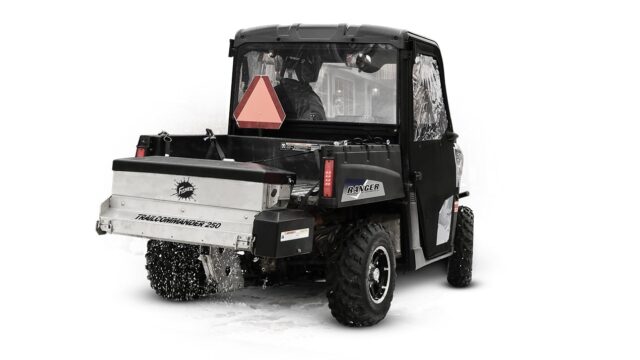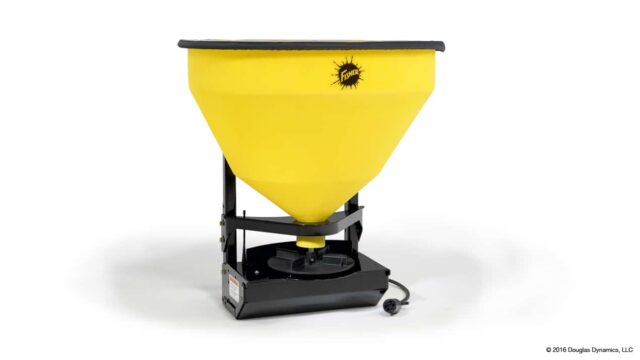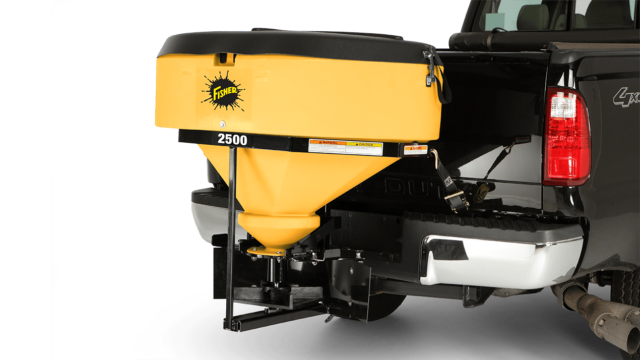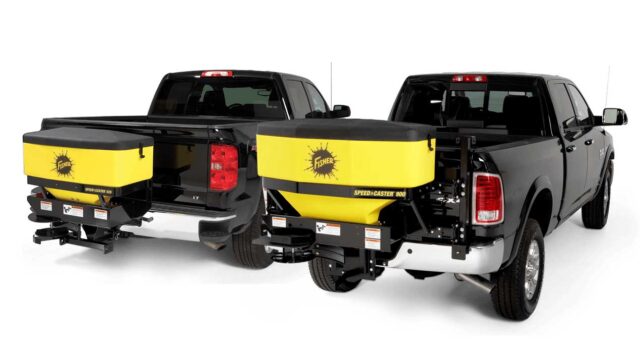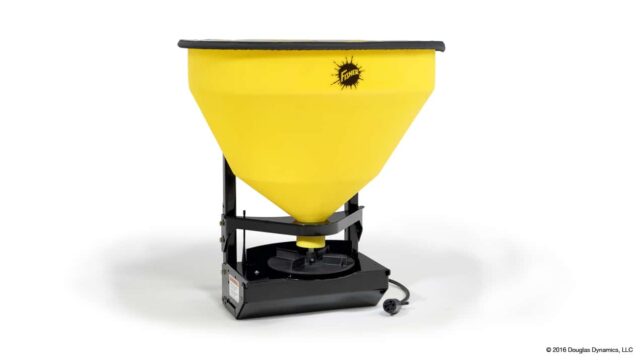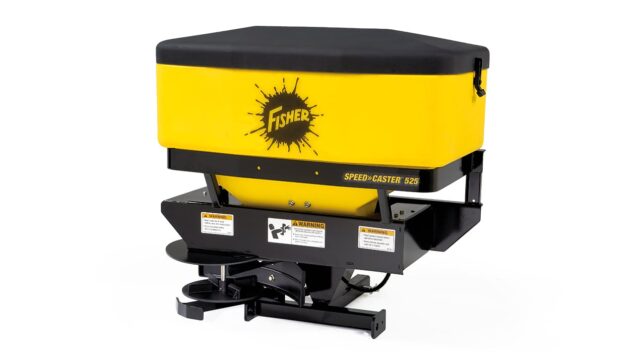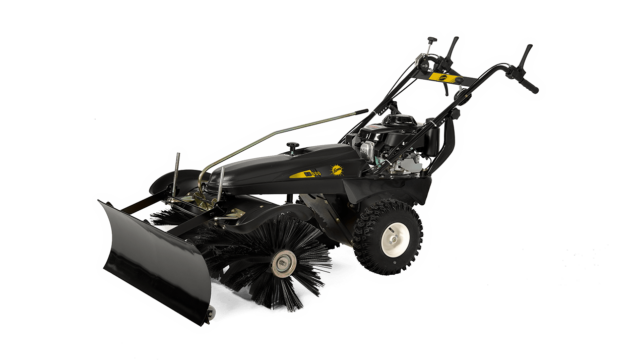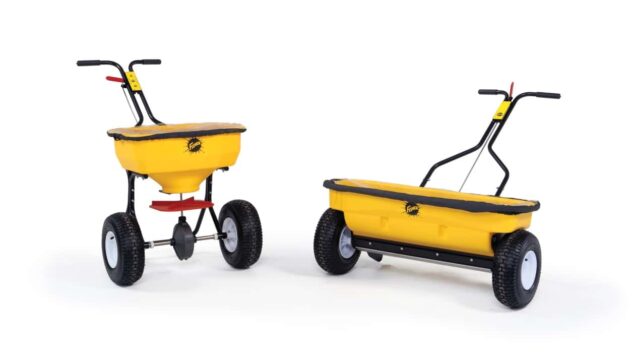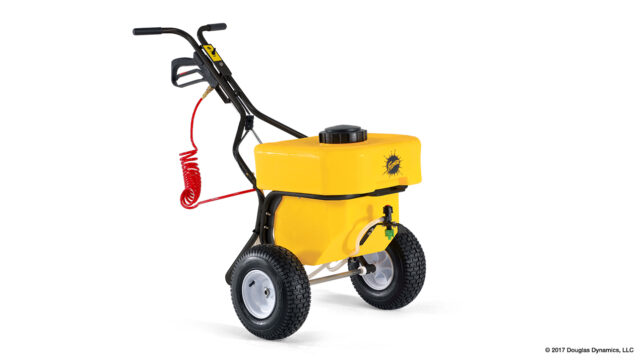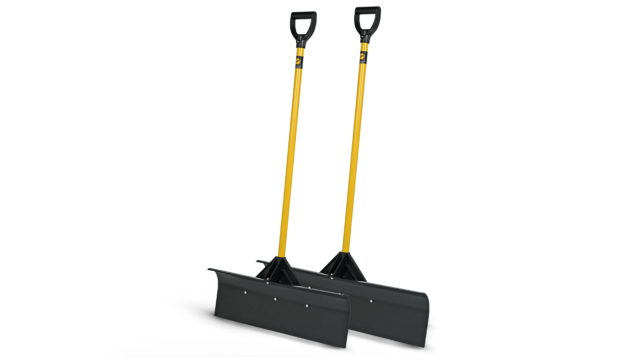FMVSS Fundamentals for Plow Drivers: Proper Ballast Weight, Backup Cams & Lighting
Created April 29, 2021
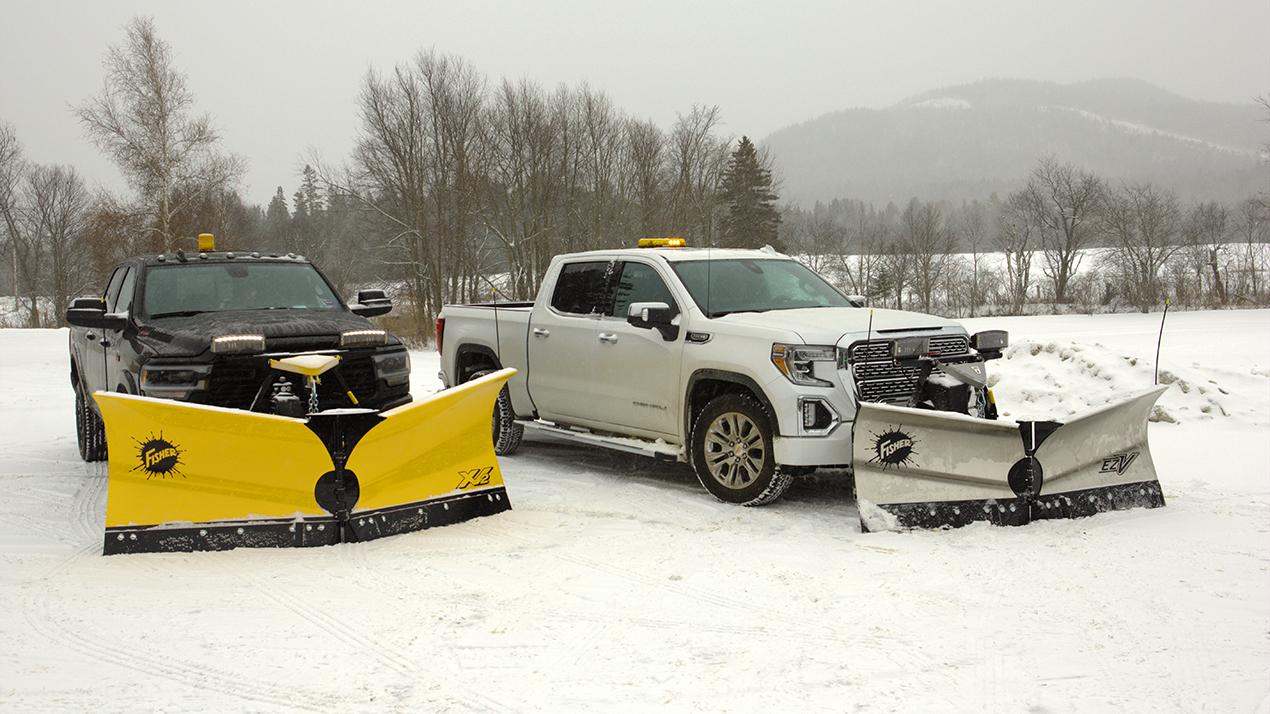
Is your plow truck safe and legal according to Federal Motor Vehicle Safety Standards (FMVSS)? Here are a few tips for snow and ice contractors regarding ballast weight, backup cameras, and lighting for your FISHER® snow plow and spreader equipment.
Federal Vehicle Safety Standard Awareness
The National Highway Traffic Safety Administration (NHTSA) issues FMVSS standards in order to prevent and reduce vehicle crashes. Although each state and municipality may have their own specific laws and ordinances, there are a few standards that winter service contractors should be highly aware of.
1. Axle Loading; Braking (FMVSS 105)
Understanding Gross Vehicle Weight Ratings (GVWR) and Gross Axle Weight Ratings (GAWR) are important to make sure weight limits are not exceeded and safety conditions are met. The vehicle manufacturer sets these requirements so equipment manufacturers know how much additional weight the truck is meant to safely carry and can design products to meet those needs.
Contractors must comply by installing the proper snow plow and/or spreader that is not too heavy and adequately ballasted for proper weight distribution. Find the right FISHER fit for your vehicle using the eMatch system to easily identify viable plow options or the spreader selector tool to determine your spreader match.
- Weight Distribution Considerations:
Some vehicle manufacturers specifically design their trucks to be nose down, tail high for aero dynamics. It is understood that the bed of the truck will be used to haul and carry items, adding weight to the back and leveling it out.When a snow plow is added to the front of the truck, that weighs it down and diminishes the ground clearance. This results in the plow not being able to adequately carry or stack snow as high as it normally would and may cause transportation ground clearance issues.
- Ballast Weight:
To better distribute the weight, its recommended to install a ballast retainer kit, tailgate spreader or in-bed hopper. If you use a spreader for ballast, remember to calculate the weight of spreading material when looking at the vehicles remaining payload capacity. Proper ballast weight can help to improve vehicle stability and control. Giving a heightened sense of stability and traction on icy surfaces with better handling, steering, braking, and cornering.TIP: The ballast calculator in eMatch can easily determine how much ballast weight is required.
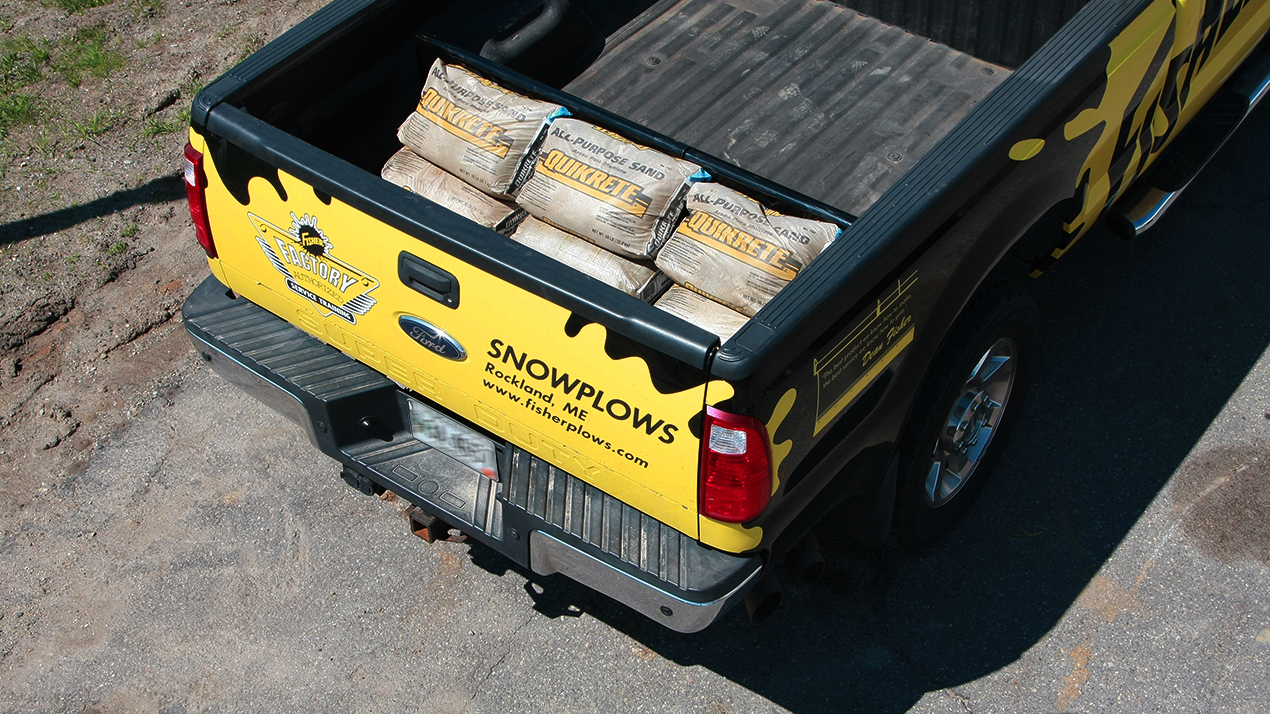
- Leveling Kits & Plow Prep Packages:
Most heavy-duty trucks offer a “Plow Prep” package with a heavier suspension, increased battery size and charging system, and sometimes even a bigger cooling system to help manage the extra weight and electrical load of the plow.For light-duty or half-ton trucks, contractors can look into a suspension aid like a lift or leveling kit. This doesn’t modify or increase the weight ratings of your truck and won’t allow you to select a bigger plow. It simply lifts the front suspension to avoid hitting curbs or scraping the blade during transport, while also making it easier to quickly attach and detach the plow.
2. Rear Visibility (FMVSS 111)
Before 2014, the law just focused on the need for rearview mirrors but has now evolved to include backup cameras as well. Expanding the required field-of-view for all vehicles less than 10,000 pounds GVWR to include the 10-foot by 20-foot zone directly behind the vehicle too.
Active Backups Cameras Are Required by Federal Law
Some truck tailgates need to be removed when installing a spreader, like the STEEL-CASTER™ and POLY-CASTER™. If that’s the case, federal law requires a replacement backup camera to provide the same level of visibility. A hitch mounted spreader may work since the camera view is not completely obstructed. It is the responsibility of the person altering the vehicle to make sure the visibility requirements for FMVSS 111 are satisfied.
3. Lighting & Conspicuity (FMVSS 108)
When installed according to the product installation instructions, FISHER snowplows will meet FMVSS 108. Check your local ordinance to see what the law requirements are for plow drivers and if you are allowed strobe lighting or any additional lighting to be compliant.
Aiming Your Plow Headlights Properly
Plow headlights that are improperly aimed can make it difficult for the occupant and oncoming driver to see. Here is a video on how to adjust them for optimal visibility. Be careful when using aftermarket plow headlights or adding an LED bulb in halogen-headlamp housing—these are not the intended design to provide safe light output and are illegal.
The FISHER INTENSIFIRE™ LED Headlamps with patented EdgeView™ technology are rated at the highest LED light output in the market that the standard allows. Offering a full 180 degrees of light visibility with solid optics that specifically place light exactly where it needs to be.
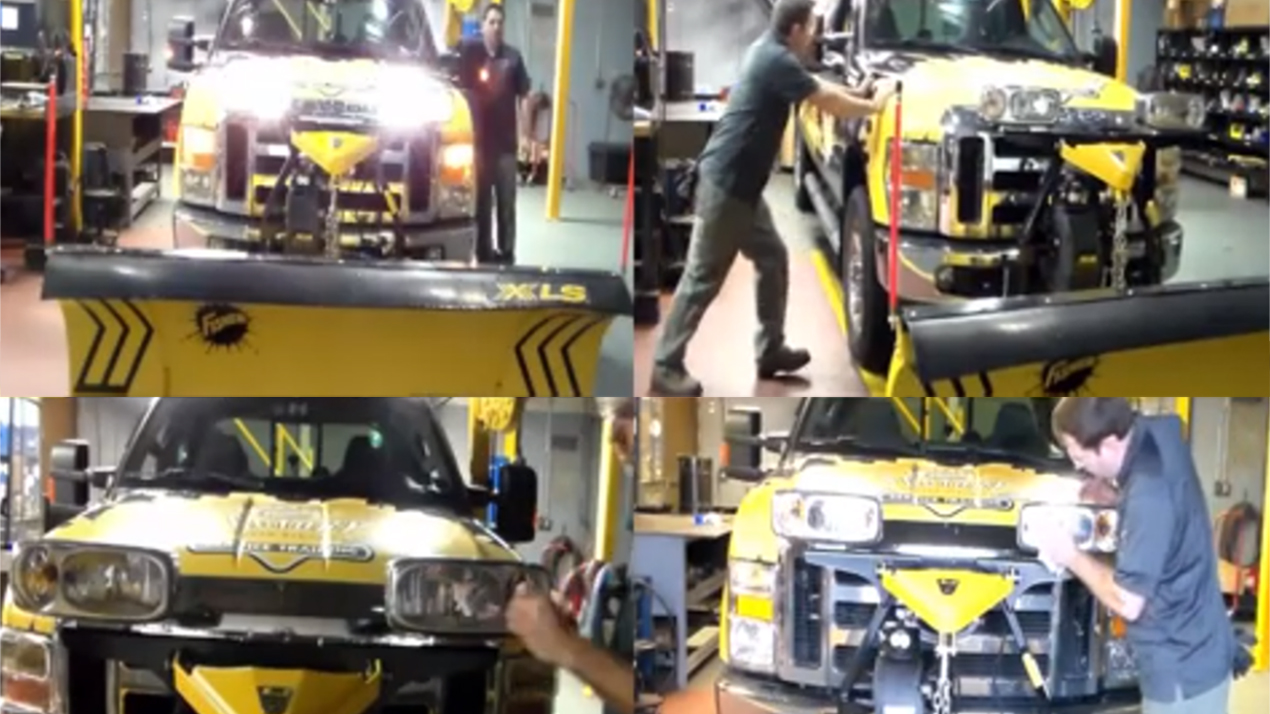
4. Occupant Safety, Crash Protection (FMVSS 208)
When a complete vehicle is initially produced, the manufacturer certifies that the vehicle meets all applicable FMVSS in effect at that time—including FMVSS 208 in the event of a crash. When an installer of snowplow equipment works on a new, untitled vehicle, they are required to certify the vehicle will continue to meet all FMVSS requirements, including occupant crash protection. For a previously titled vehicle, the installer of snowplow equipment is not allowed to render the vehicle out of compliance, even though there is no certification required.
Fortunately, Fisher Engineering does compliance testing and evaluation work for our plow installers by:
- Working with the vehicle manufacturers to jointly test our combined equipment through the NTEA Snow control committee
- Evaluating published crash test data from the NCAP (New Car Assessment Program) run by the federal government
- Have even conducted our own vehicle and plow equipment crash test when necessary
FISHER Plow Truck Crash Testing
Fisher Engineering is one of the few snowplow manufacturers in North America that perform our own crash testing to ensure FMVSS 208 compliance. We utilize certified vehicle testing labs that also perform crash testing for the federal government and vehicle manufacturers.
It is because of this process that an installer of a FISHER truck plow can be confident that they have not rendered the vehicle’s occupant crash protection systems inoperable, they will be able to meet FMVSS 208 requirements and certify if needed (assuming it was installed per installation instructions and plow application guidelines).
Complying with FMVSS standards is important for the safe use of the vehicle and snow plow operators. Having the proper ballast weight, rearview visibility, and safe lighting are key to staying road legal while driving a plow truck.
